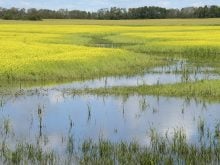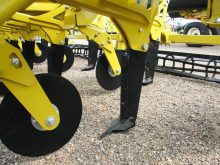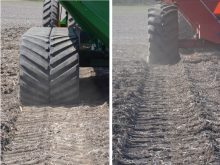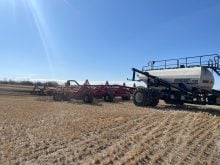Glacier FarmMedia – Identifying poor performance areas in a field is the first step to properly managing those unproductive patches and padding the bottom line.
That’s what producers heard during Manitoba Agriculture’s last Crop Talk webinar of May.
It’s important to understand the underlying causes of poor crop performance in order to treat it, said Marla Riekman, a land management specialist with Manitoba Agriculture.
Read Also

U.S. bill could keep out Canadian truckers
The Protecting America’s Roads Act, which was tabled in the U.S. House of Representatives at the beginning of October, would “rid the country of illegal immigrant commercial truck drivers and ineligible foreign nationals.”
“If you are seeing a problem, we want to locate it. We want to know what’s going on, and then we’re going to figure out what we want to do about it,” Riekman said.
She noted that every field has less productive areas and the causes can often be traced to specific management practices or natural influences, such as weather, that are more out of the farmer’s control.
There are several factors that contribute to field variability and that farmers have some say over, including tillage erosion, soil fertility issues, compaction and crop residue management, she said.
Soil crusting has been one concern this spring that may yet come due when measuring Manitoba field performance.
“When we see something like these emergence issues, and you go digging and you actually find the seedlings that are leafing out under the surface … that can be an indication that that crop has just not got enough power to push through that crust,” Riekman said.
Wind erosion has also become more prevalent in recent years, she said, particularly with increased use of high-speed discing equipment.
While Riekman acknowledged that machinery can be an effective tool for seedbed preparation, she cautioned about its timing and frequency of use.
“The problem with a disc type unit is that it does break down or pulverize (soil), and the rolling baskets and things that kind of even things out at the back end of those types of units can also break up that soil structure a fair bit. And it makes a very smooth surface, and the smoother the surface, the easier it is for the wind to pick up along that surface,” she said.
Salinity also continues to be a challenge, particularly during dry springs when upward water movement brings salts to the surface. This year’s dry conditions have made salinity more prevalent across the province, Riekman said.


















